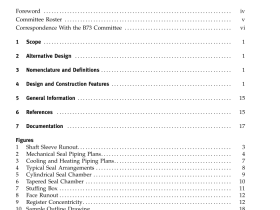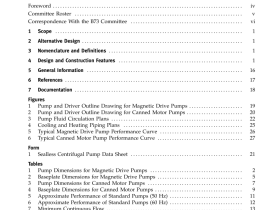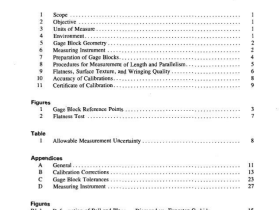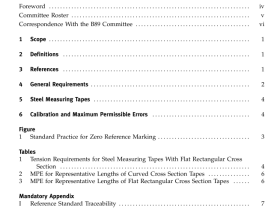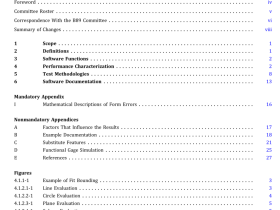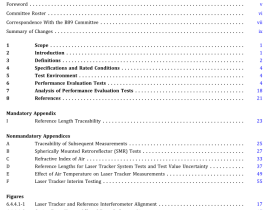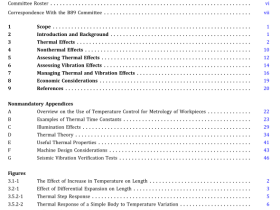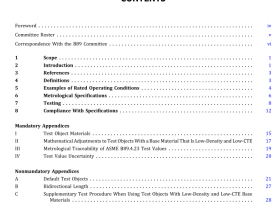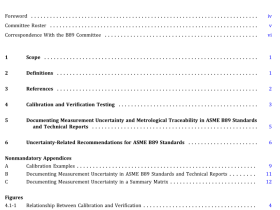ASME B56.8 pdf download
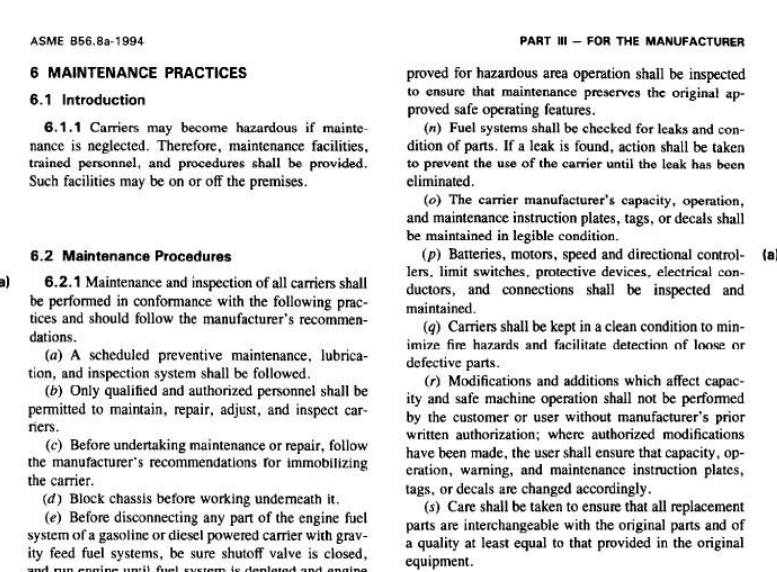
ASME B56.8 pdf download Safety Standard for Personnel and Burden Carriers
(4) The manufacturer’s specified maximum material load shall be designated as the test load, placed onthe load bed of the carrier, and secured thereto such thatits center of gravity is directly above the geometric center of the load bed. The height of the center of gravityof the test load above the load bed shall be determinedby Fig.1.
(a) To obtain the proper height of the center ofgravity for the test load from Fig. 1, first calculate thebed area of the carrier. With this result enter the tableat the bottom, read vertically upward to the line identified as the payload which represents the manufacturer’sspecified maximum material load or interpolate betweenthe lines to get an intermediate point, and then read tothe left margin for center of gravity height
(b) On special purpose carriers designed for unusual loadings, the maximum load height above the bedshall be specified on the nameplate. This carrier shall betested with a test load having a center of gravity locatedat a point above the carrier load bed that is one-half ofthe maximum specified load height.
(S) The operator or passenger load shall be posi-tioned and secured as follows.
(a) For sit-down carriers,a 200 lb (90 kg)weight shall be secured to each seat, representing theoperator and each passenger as spccified. If seats areadjustable, thcy shall be adjusted to that position representing the least stable condition in cach test. The center of gravity of the weight(s) is to be 6 in. (152 mm)above the lowest point of the operator supporting surface and 10 in.(254 mm) forward of the seat back. If ascat back is not used, then 10 in.(254 mm) will be mea-sured from the position of the back of an actual operatorwhen seated normally on the unit.
(b) For stand-up carriers, a 200 lb (90 kg) weightshall be sccured at the geometric center of the operatorplatform representing the operator. The center of gravityof the weight is to be 40 in. (1016 mm) above the opcrator platformm.
(6) Calculated Stabiliy Factors. In order to proyide a means for handling everyday stability determinations, stability factors as related to the tilting platformtests may be caiculated, These calculations will usuall)vary for each manufacturer’s product and normally takeinto account yariations in design,including tires andother defilections,and provide a means for predictingwith reasonable accuracy the stability of carricrs. Tilting platfon tests are the basis for establishing factor.used in stability calculations.When comparing calculations with actual tilting platform tests, the actual testresults are to be considered the true measure of stability
